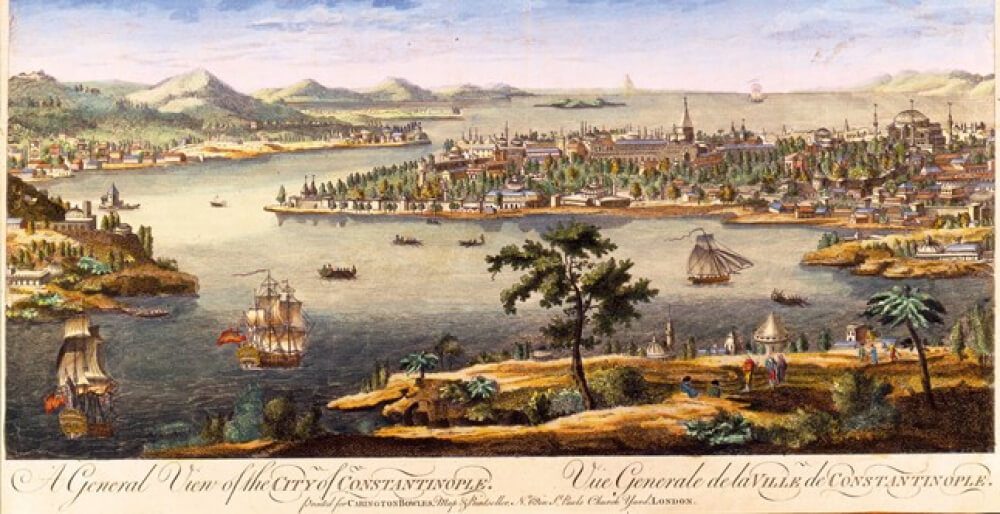The area of the current Greek State as part of the East Roman (Byzantine) Empire (324-1453 AD) saw the rise of significant cultural and economic centers, such as Thessaloniki and Mystras. Main features of the Empire were the Greek language and literature as well as Christianity, with the Holy Mount Athos playing an important role.
The fall of Constantinople to the Ottomans in 1453 shocked the already fragmented and under foreign domination Greek areas and the Greek communities scattered in the former dominions of the Byzantine Empire in the Balkans, the Black Sea coast and Asia Minor.It marks the end of the Empire and defines the beginning of Modern Greek history, during which Hellenism is reorganized by the Sultan under the Orthodox Patriarchate of Constantinople.
The memory of Byzantine glory contributed to the preservation of a national identity and to the Greek War of Independence (1821).








